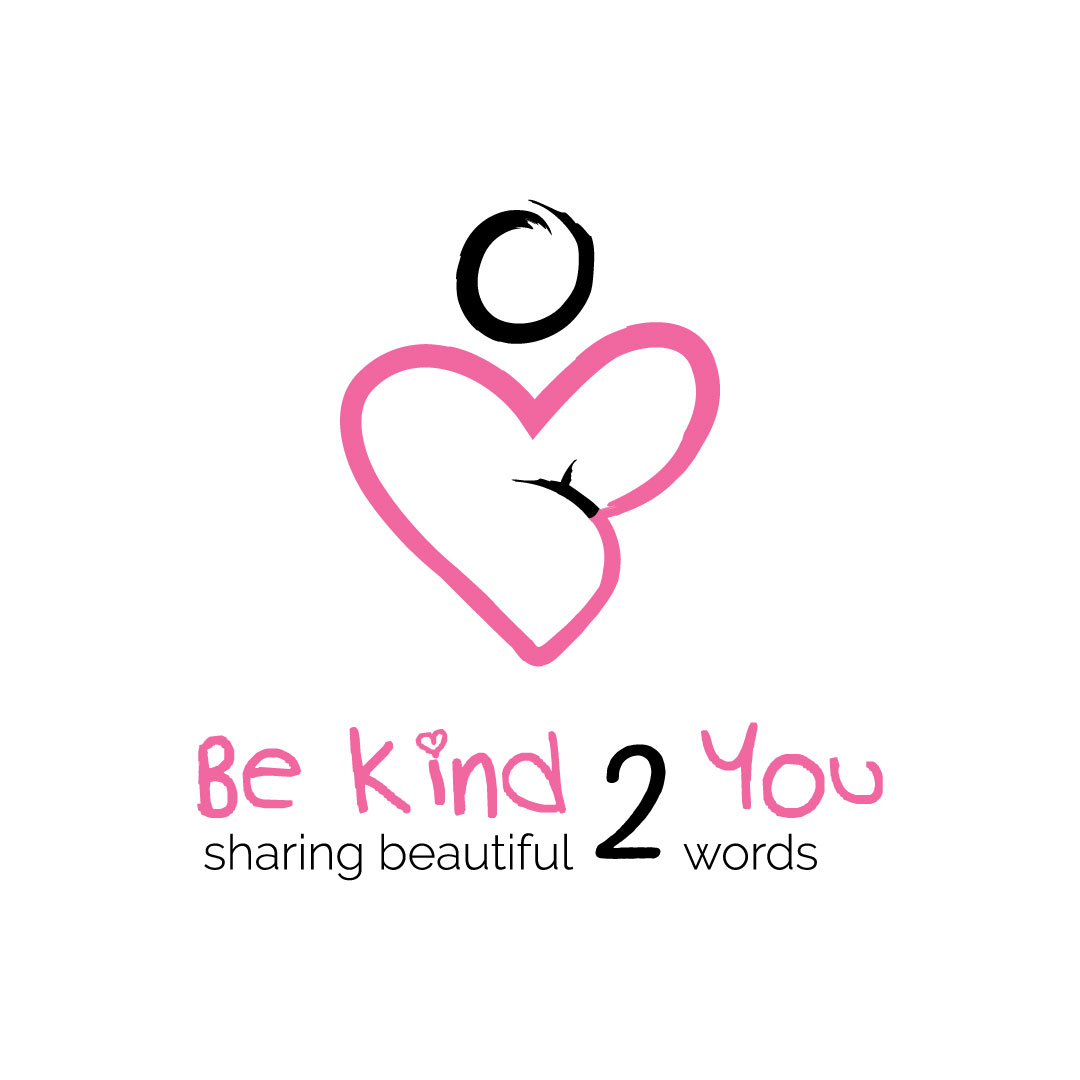What is MINDFULNESS?
And how will it change my life?
Mindfulness – What exactly is it?
Over the last few decades, mindfulness and ways to practice being mindful have become increasingly more popular. Mindfulness is a modern take on meditation-related traditions that have been around for centuries. Modern mindfulness is perceived in a much broader way than just spirituality. It includes mind training techniques and positive ways of interacting with the world around us.
At its core, mindfulness
What is awareness?
When 
What is paying attention?
When
“Mindfulness means paying attention in a particular way – on purpose, in the present moment, and non-judgmentally.” – Jon Kabat Zinn
Three Dimensions of Mindfulness.
1. Placing attention on the present. The more this is practiced, the easier it becomes because the brain creates neutral pathways (like streets and roads) and then this becomes the new way to think. The brain is hard wired to be highly adaptable and by changing a behaviour enough, it will become the ‘new norm’
2. Non-judgmental recognition – avoiding and withholding judgment of thoughts and emotional states. Recognising our thoughts and feelings and simply allowing them without beating ourselves up helps to regulate emotions such as stress and anxiety, build greater control and to improve the ability to manage emotions. Non-judgmental awareness increases self-compassion and empathy for others.
3. Acting with awareness – instead of acting on autopilot or letting the mind wander. The brain likes to ‘time travel’!! We are often physically here but our minds are thinking about something we forgot to do or something we need to remember for tomorrow. Being aware of this ‘time travel’ and how this causes the emotions we are feeling, is very powerful in becoming more aware.
Mindfulness in your morning routine
Pick an activity that forms part of your daily morning routine, such as brushing your teeth, making the bed, or having a shower. When you do it, totally focus attention on what you’re doing: the body movements, the taste, the touch, the smell, the sight and sound. Notice what’s happening – become aware.
EG: when you’re making the bed, notice the sounds of the sheets as you move and shake them. Notice the ait movement around the bed and your body as you move pillows or sheets. Notice any smells or perfumes in the air. Notice the colours of the sheets, the sun reflecting off them or change in colour with movement. Notice how just being aware changes the experience.
When thoughts arise, acknowledge them, and let them come and go. Again and again, you’ll get caught up in your thoughts. As soon as you realise this has happened, gently acknowledge it, note what the thought was that distracted you, and bring your attention back to making the bed.
Have a beautiful day.
![]()



Trackbacks/Pingbacks